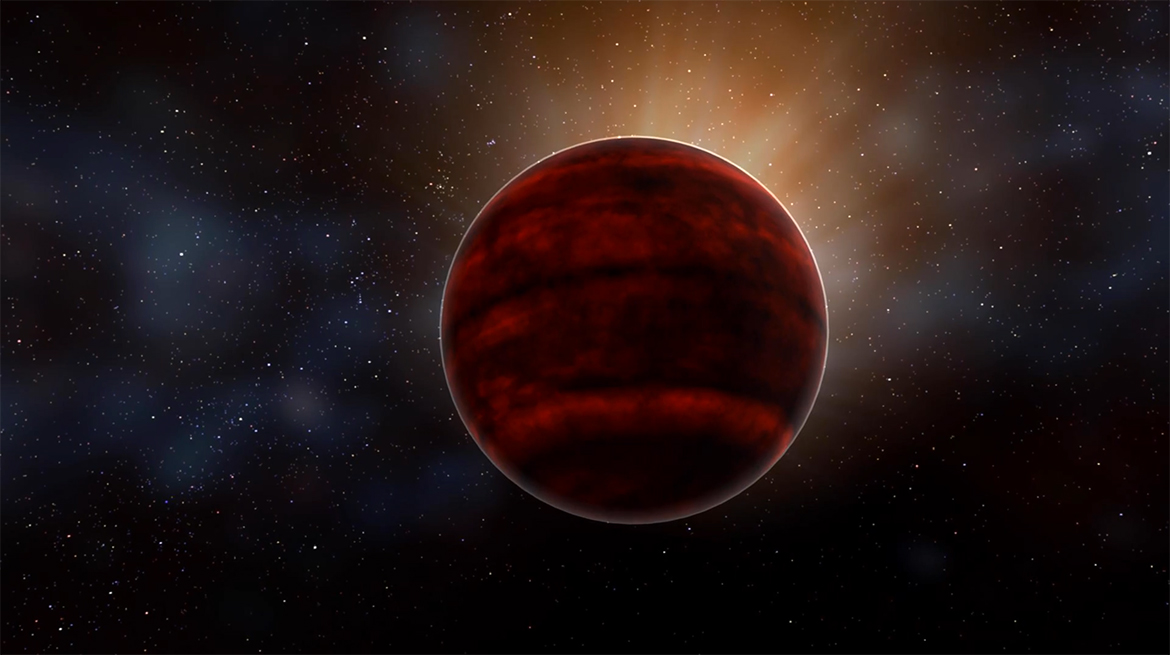Last month, a story leaked to the press from the Breakthrough Listen Initiative (BLI), a world-wide decade-long effort to carefully search for artificial radio and optical signals. The story concerned the tentative detection of an artificial signal in the southern sky, observed by the Parkes Telescope in Australia early in 2019. NRAO’s sister instrument, the Green Bank Telescope, an important partner of BLI, is searching the northern skies.
The star under observation was Proxima Centauri, part of the Alpha Centauri triple star system. It’s the closest known star to the Earth, about 4.2 light-years away, but invisible to the naked eye.
The signal (named BLC-1) was detected in one channel at 982 MHz. It drifted up slightly in frequency, (an indication that the transmitter is moving, or the electronics generating or receiving the signal are fluctuating somehow), and was only roughly localized in the general direction of Proxima Centauri.
At this point, there is some consensus that the signal may be some form of interference, but scientific analysis of the signals detected is underway, and publication of the results is expected in the next month or so.
Searching for extraterrestrial radio signals is hard, and getting harder every year, as modern life requires more electronic support, and the internet moves into space. The Breakthrough Listen Project has some of the world’s finest experts looking over their survey data, and events like BLC-1 will inevitably occur, be considered carefully and eventually ruled out — or confirmed! The stakes are pretty high here – discovery of an artificial radio signal from elsewhere in the Milky Way would be one of the most profound scientific discoveries in human history – so there’s plenty of excitement and interest whenever anything new is found. An open mind, kind but rigorous skepticism, and an agreed upon framework for evaluating events are critical for success, and that’s what we’re seeing happen here. We learn a lot from events like BLC-1, and our search efforts are improved for the next event. Stay tuned.
To read more about the BLC-1 detection:







